
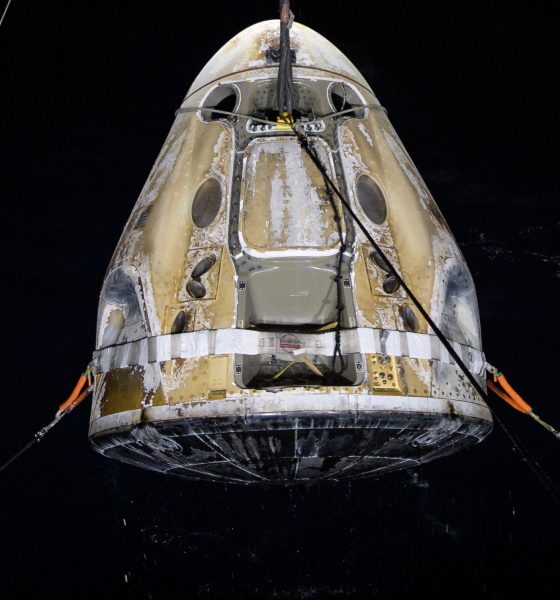
News
SpaceX Dragon carries four astronauts home after record-breaking voyage
SpaceX’s first operational Crew Dragon spacecraft has safely returned its four-astronaut crew back to Earth after a record-breaking voyage in space.
Around eight hours after JAXA astronaut Soichi Noguchi and NASA astronauts Shannon Walker, Victor Glover, and Mike Hopkins undocked from the International Space Station (ISS) and began their descent, Crew Dragon ‘Resilience’ (capsule C207) gently splashed down in the Gulf of Mexico a few dozen miles off the coast of western Florida. Marking the second crewed splashdown of the first crewed US space capsule developed and flown since the end of the Apollo Program almost half a century ago, SpaceX’s successful Crew-1 recovery is extraordinarily significant.
First and foremost, Crew-1’s recovery marks the first time in US history that a crewed spacecraft has successfully returned orbiting astronauts to Earth after spending more than a few months (84 days) in orbit. In fact, Crew Dragon C207 ultimately doubled that Apollo era record, spending a full 168 days (almost six months) in the vacuum of space. Only Russia has extensive experience operating crewed spacecraft in space for half a year or more, meaning that NASA and SpaceX were venturing into the (relative) unknown with their first attempt at a similar feat.
Had something gone awry during Crew-1’s ISS departure or reentry, descent, and splashdown, SpaceX and NASA could have been forced to grapple with the fact that Crew-2’s Crew Dragon might not longer be considered safe enough to return its own four-astronaut crew back to Earth five months from now. Of course, the duo assuredly didn’t make the decision to fly Crew-2 before Crew-1’s recovery lightly and there was clearly a significant degree of confidence that an extra ~100 days in orbit would be a marginal risk – but a risk it still certainly was.
Thankfully, Crew-1’s ISS departure and splashdown was truly flawless, effectively retiring what little risk remained and confirming beyond a shadow of a doubt that SpaceX’s first crewed spacecraft is safe for human spaceflight.

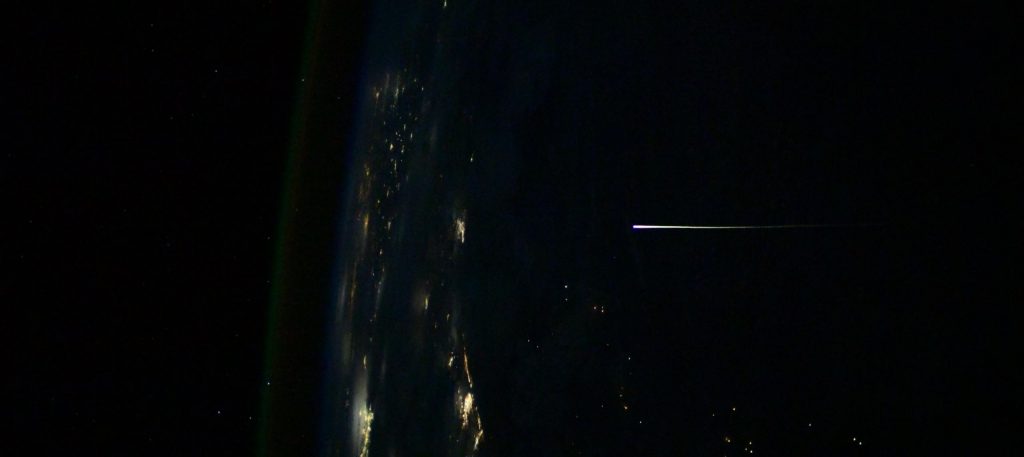

Notably, in another demonstration of NASA’s increasingly extraordinary trust in SpaceX, Crew-1’s recovery was the first time a crewed spacecraft has landed in the ocean at night since Apollo 8 splashed down in 1968. While obviously far from preferable compared to a normal daylight recovery, sea and weather conditions were apparently too good to pass up and SpaceX’s recovery teams have already extensively trained for nighttime splashdowns.
Just a few weeks prior, the exact same Crew Dragon became the first US spacecraft ever to switch docking ports while in orbit – a feat it completed without issue. In other words, Crew Dragon Resilience (C207) is the first crewed space capsule to fly four people, splash down at night, and switch docking ports in orbit, as well as the first US crewed spacecraft to spend more than three months in space and first privately-developed spacecraft to complete an operational astronaut transport mission.
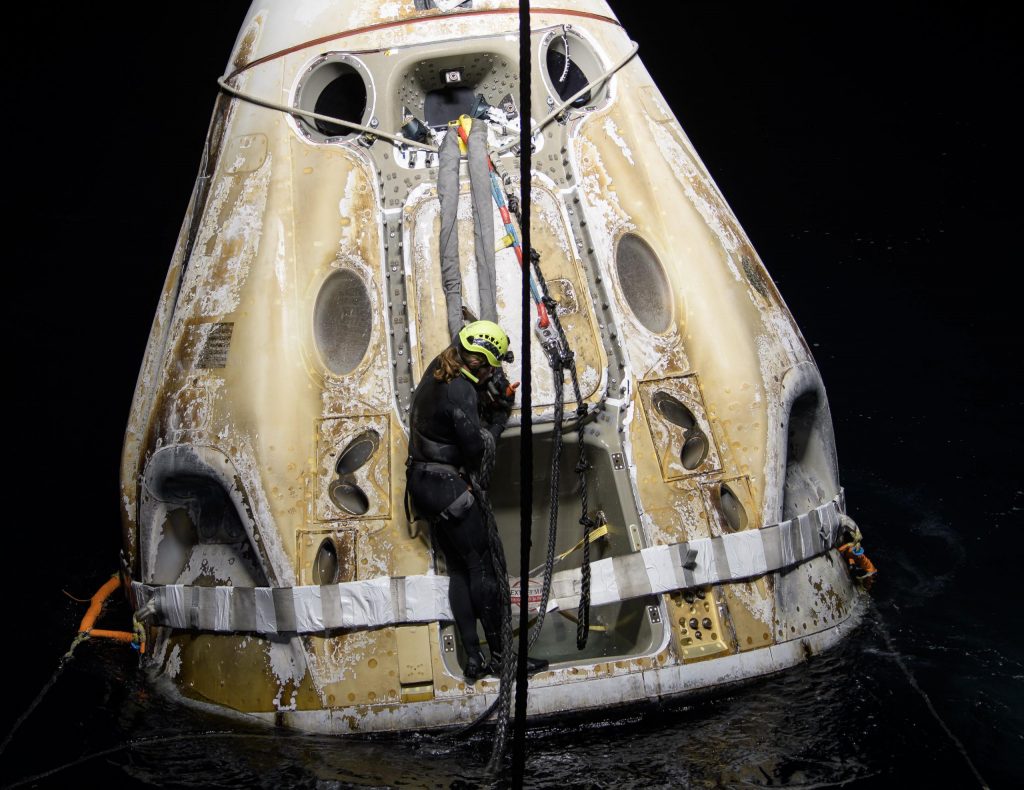
Now that Crew-1 has vacated its ISS docking port, SpaceX’s second upgraded Cargo Dragon spacecraft is clear to launch and dock with the ISS as early as June 3rd. In late October, SpaceX is scheduled to perform an almost identical Dragon ‘hand-off,’ launching Crew-3 and four more international astronauts to briefly join Crew-2’s Dragon at the ISS before the latter vehicle heads back to Earth with its own crew of four.

News
Tesla Semi factory looks almost complete during Thanksgiving weekend
Based on recent drone videos, the Tesla Semi factory looks practically ready to start operations.
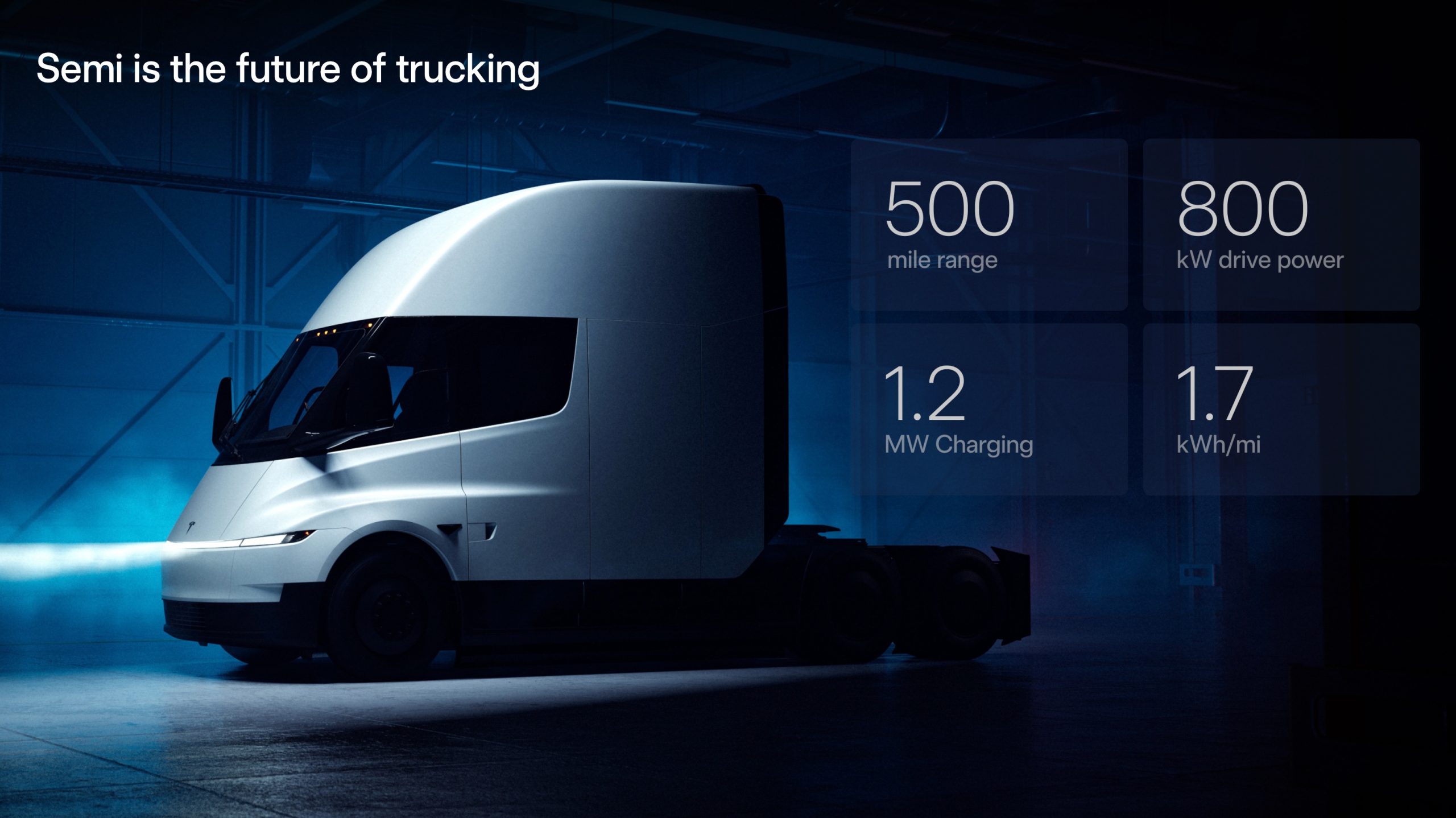
It appears that the Tesla Semi factory near Giga Nevada is already hard at work preparing for the initial production of the Class 8 all-electric truck. This was, at least, hinted at in a recent drone flyover of the facility from a longtime watcher.
The Tesla Semi factory after Thanksgiving
Drone operator and Tesla Semi advocate @HinrichsZane recently shared some footage he captured of the upcoming facility during the Thanksgiving weekend. Based on his video, it appears that Tesla gave its employees in the area the weekend off. One thing is evident from the video, however, and that is the fact that the Tesla Semi factory looks practically ready to start operations.
The Tesla Semi watcher did point out that the electric vehicle maker is still busy bringing in production equipment into the facility itself. Once these are installed, it would not be surprising if initial production of the Tesla Semi begins.
A new Tesla Semi
The upcoming completion of the Tesla Semi factory near Gigafactory Nevada seems all but inevitable in the coming months. What would be especially interesting, however, would be the vehicles that would be produced on the site. During Elon Musk’s presentation at the 2025 Annual Shareholder Meeting, a glimpse of the production Tesla Semi was shown, and it looks quite a bit different than the Class 8 all-electric truck’s classic appearance.
As could be seen in the graphic from the CEO’s presentation, the updated Tesla Semi will feature slim lightbar headlights similar to the new Tesla Model Y, Cybertruck, and the Cybercab. Tesla also teased a number of aerodynamic improvements that increased the truck’s efficiency to 1.7 kWh per mile. Extended camera units, seemingly for FSD, could also be seen in the graphic.
News
Tesla scores major hire as Apple scientist moves to Optimus team
Chen, who advanced from individual contributor to technical lead during his time at Apple, noted that he was blown away by Tesla’s efforts and synergy.
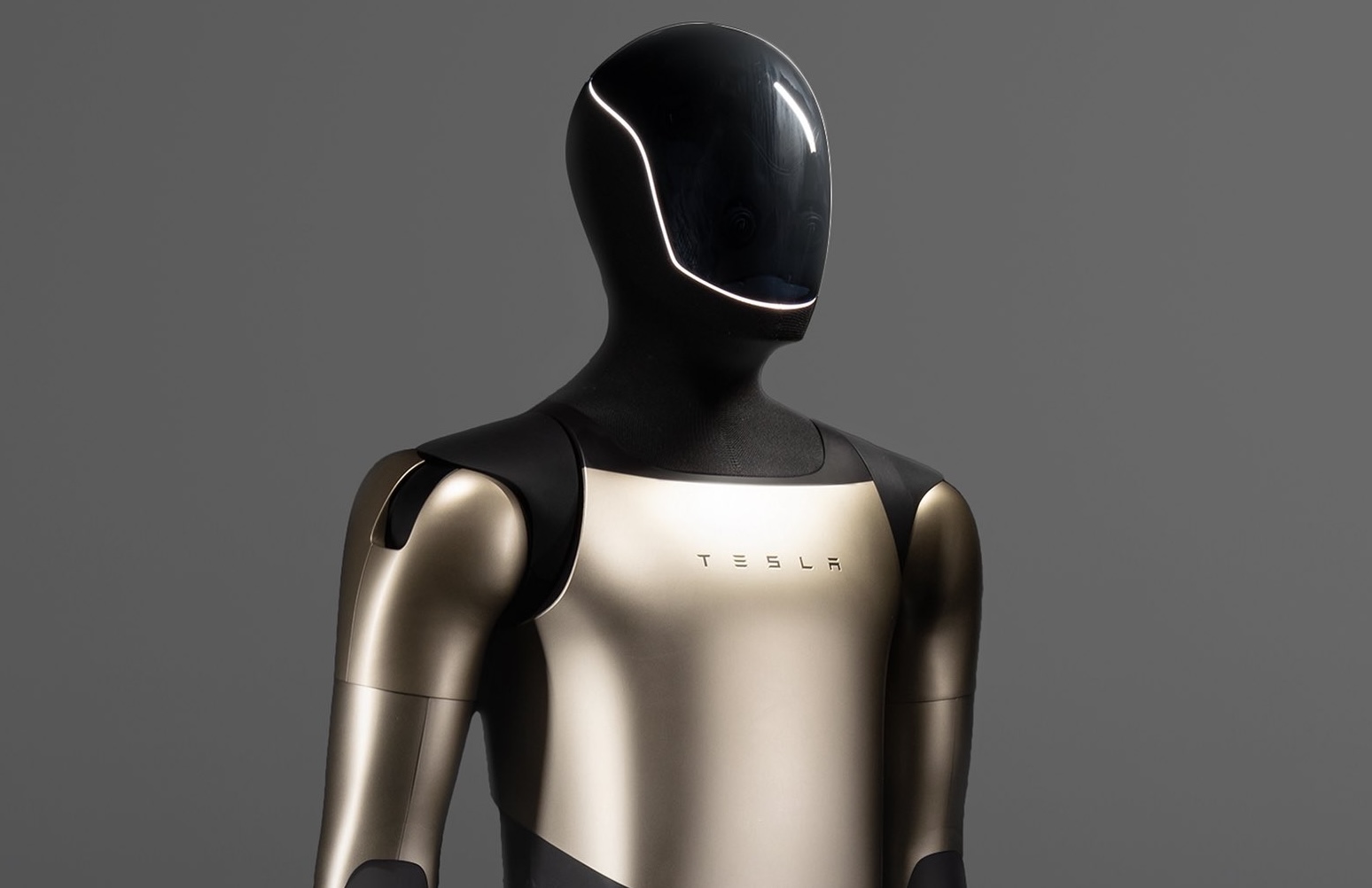
Former Apple research scientist Yilun Chen has left the tech giant to join Tesla’s Optimus AI team. Chen, who advanced from individual contributor to technical lead during his time at Apple, noted that he was blown away by Tesla’s efforts and synergy.
Apple veteran closes a major chapter
In a farewell note, Yilun Chen reflected on his tenure at Apple as a period defined by rapid growth and exposure to notable internal projects, some of which remain unreleased. His roles spanned engineering, research, early product incubation, and hands-on prototyping, allowing him to build expertise across both mature and emerging teams.
Chen credited mentors, colleagues, and cross-functional collaborators for shaping his trajectory, calling the experience unforgettable and emphasizing how each team taught him different lessons about scaling technology, guiding product vision, and navigating fast-moving research environments. “Each role has offered me invaluable unique lessons… My deepest gratitude goes to my colleagues, mentors and friends,” he wrote.
Tesla’s Optimus lab secured the hire
Chen said the move to Tesla was driven by the momentum surrounding Optimus, a humanoid robot powered by LLM-driven reasoning and Physical AI. After visiting Tesla’s Optimus lab, he admitted that he was “totally blown away by the scale and sophistication of the Optimus lab and deep dedication of people when I got to visit the office.”
His first week at Tesla, he noted, involved spontaneous deep-tech discussions, a flat team structure, rapid prototyping cycles, and what he called a “crazy ideas with super-fast iterations” culture. Chen emphasized that the team’s ambition, as well as its belief that humanoid robots are now within reach, creates an energy level that feels aimed at changing the world.
“You can feel the energy to change the world here,” he wrote in a post on social media.
Elon Musk
Elon Musk gives nod to SpaceX’s massive, previously impossible feat
It was the booster’s 30th flight, a scenario that seemed impossible before SpaceX became a dominant force in spaceflight.
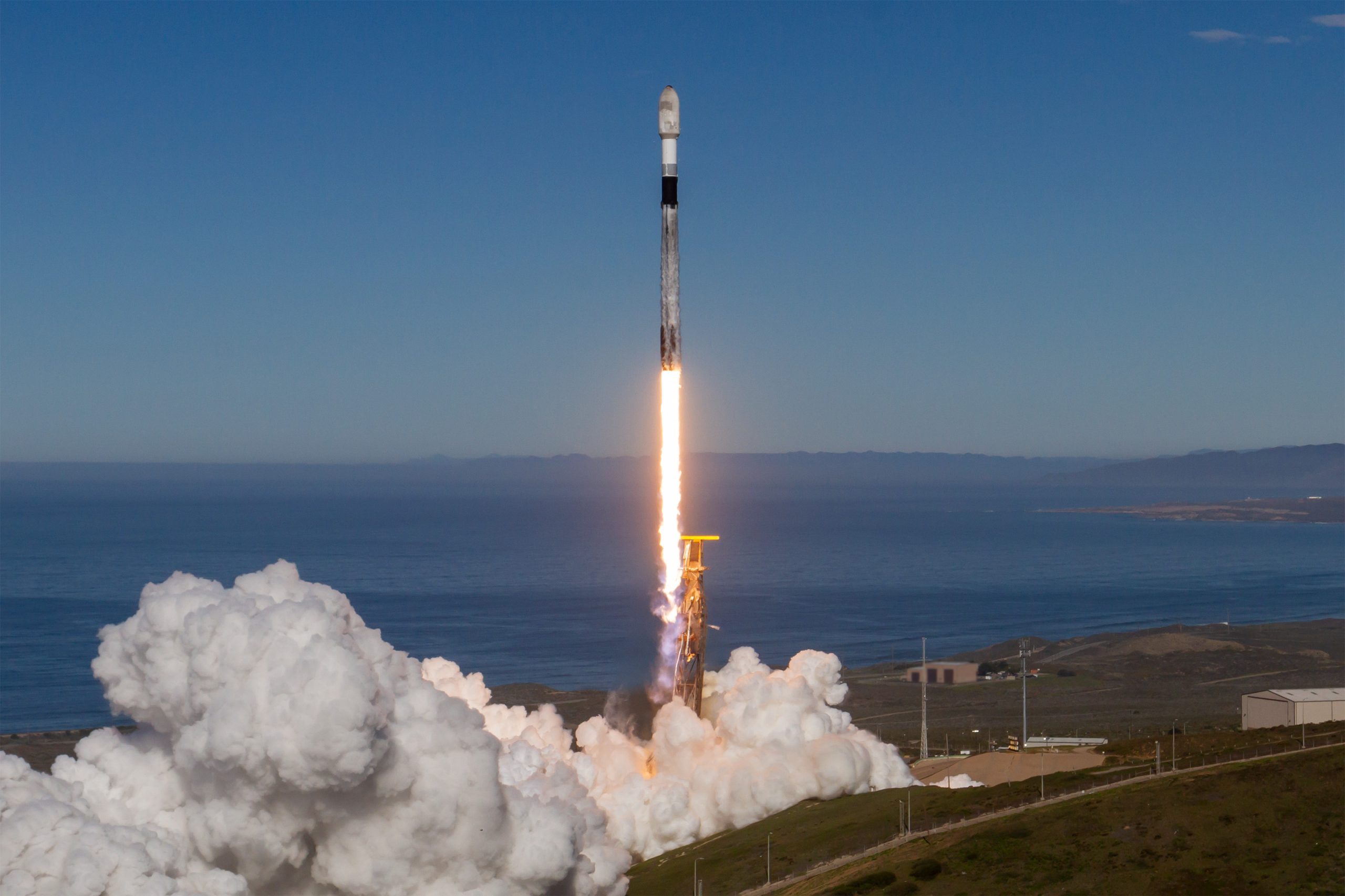
Elon Musk gave a nod to one of SpaceX’s most underrated feats today. Following the successful launch of the Transporter-15 mission, SpaceX seamlessly landed another Falcon 9 booster on a droneship in the middle of the ocean.
It was the booster’s 30th flight, a scenario that seemed impossible before SpaceX became a dominant force in spaceflight.
Elon Musk celebrates a veteran Falcon 9 booster’s feat
SpaceX completed another major milestone for its Smallsat Rideshare program on Friday, successfully launching and deploying 140 spacecraft aboard a Falcon 9 from Vandenberg Space Force Base. The mission, known as Transporter-15, lifted off two days later than planned after a scrub attributed to a ground systems issue, according to SpaceFlight Now. SpaceX confirmed that all payloads designed to separate from the rocket were deployed as planned.
The Falcon 9 used for this flight was booster B1071, one of SpaceX’s most heavily flown rockets. With its 30th mission completed, it becomes the second booster in SpaceX’s fleet to reach that milestone. B1071’s manifest includes five National Reconnaissance Office missions, NASA’s SWOT satellite, and several previous rideshare deployments, among others. Elon Musk celebrated the milestone on X, writing “30 flights of the same rocket!” in his post.
Skeptics once dismissed reusability as unfeasible
While rocket landings are routine for SpaceX today, that was not always the case. Industry veterans previously questioned whether reusable rockets could ever achieve meaningful cost savings or operational reliability, often citing the Space Shuttle’s partial reusability as evidence of failure.
In 2016, Orbital ATK’s Ben Goldberg argued during a panel that even if rockets could be reusable, they do not make a lot of sense. He took issue with Elon Musk’s claims at the time, Ars Technica reported, particularly when the SpaceX founder stated that fuel costs account for just a fraction of launch costs.
Goldberg noted that at most, studies showed only a 30% cost reduction for low-Earth orbit missions by using a reusable rocket. “You’re not going to get 100-fold. These numbers aren’t going to change by an order of magnitude. They’re just not. That’s the state of where we are today,” he said.
Former NASA official Dan Dumbacher, who oversaw the Space Launch System, expressed similar doubts in 2014, implying that if NASA couldn’t make full reusability viable, private firms like SpaceX faced steep odds.









